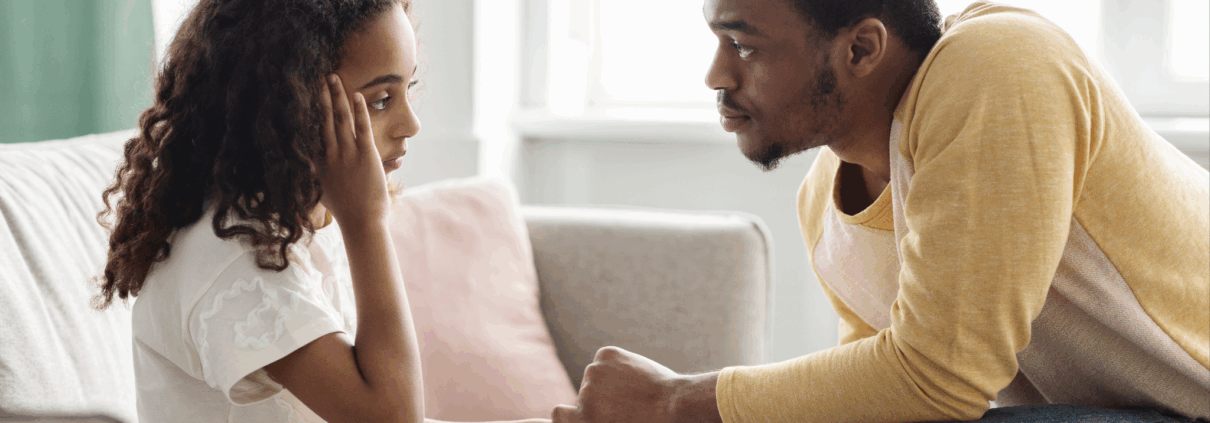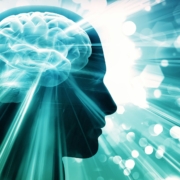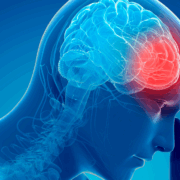6 Concussion Myths Debunked
Concussion treatment has come a long way since the recommendation to lie still in a dark room for a week. Research now shows that recovery is faster and better if a person with a concussion starts exercising their body and brain—but gradually and at a controlled pace.
Here are 6 myths about concussions that you can ignore:
Hard hit needed: A concussion doesn’t require someone to hit their head hard on a solid service, like the basketball court or sidewalk. A concussion can be caused by a bump, blow or jolt to the head—or by a hit to the body that causes the head and brain to move rapidly back and forth, according to the Centers for Disease Control and Prevention. Any sudden blow to the body can cause the brain to move back and forth, or twist, inside the head, which can cause a concussion.
Knocked out: You can still suffer a concussion, even if you are not knocked unconscious. In fact, you may have only subtle symptoms at first and start to feel more symptoms over the next 24 hours.
Hello darkness, my old friend: Some people with concussions may have light sensitivity and/or headaches and feel better in a darker room—or wearing sunglasses indoors. But regular treatment no longer means “cocooning” or hiding out in a dark room for days on end.
Time to wake up: Health care professionals no longer recommend that you wake up your child, or another loved one, every 2–3 hours after a concussion. In fact, sleep is now encouraged for better recovery, giving the brain time to rest and heal. Someone with a concussion may feel extra tired and sleep more often than they usually do. However, it still pays to be alert; if your loved one appears to be getting even drowsier as the hours and days go on, talk to a health care professional.
Goodbye 1, 2, 3: The Cantu system that used to grade concussions on a scale of 1, 2 and 3 is considered outdated. The scale was based on how long someone might have lost consciousness and experienced amnesia. Nowadays, concussion assessments take many other symptoms into account. All concussions are mild traumatic brain injuries, or TBIs. There are five types of concussions, and treatment is different for each person.
Back to school: Like doing away with the dark room, it’s also no longer recommended to automatically keep kids home from school for several days. Children and teenagers may feel better if they stay home for a couple of days and rest, but they can gradually return to school. In fact, it helps the brain to heal to slowly get back to normal activities. But do it at the kid’s own pace. Talk with your child’s school administrators to ensure nurses, counselors, teachers and coaches are aware of your child’s needs. You may need to get a doctor’s note that allows for accommodations, such as only going half-days to start, eating lunch outside the loud cafeteria, getting out of class early to avoid noisy hallways, wearing sunglasses in class for light sensitivity, or postponing tests or getting extra exam time.







